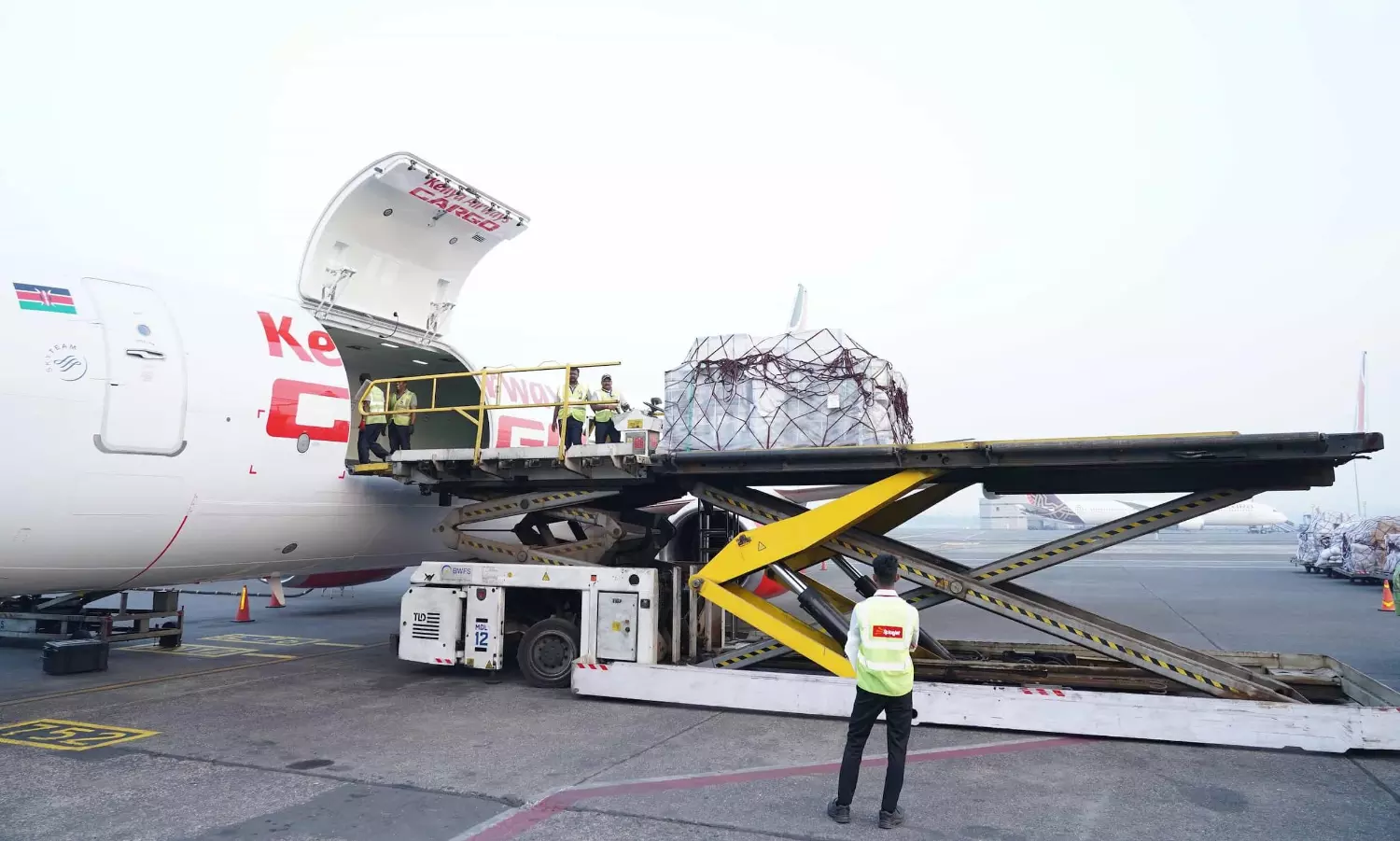Africa leads global air cargo growth with strong October surge: IATA
African carriers post 16.6% demand growth in October as global air cargo hits new records despite falling yields.

Global air cargo demand reached a new all-time high in October 2025, rising 4.1% year-on-year, even though cargo yields fell for the sixth straight month as capacity continued to grow faster than volumes.
International cargo tonne-kilometres increased 4.8% compared with last year. Africa led global growth with a sharp 16.6% rise, while Asia-Pacific maintained strong momentum with an 8.3% increase. Europe accelerated to 4.3% growth, but Latin America and North America reported contractions of 2.7% each.
Global capacity expanded 5.1% in October, pushing cargo load factors down 0.5 percentage points to 47.1%. African airlines recorded the strongest capacity increase at 20.0% year-on-year, while Middle Eastern carriers added 10.0%. Asia-Pacific capacity rose 7.3%, European carriers increased 4.3%, and North America saw only a 0.1% rise.
Trade lanes showed varied performance. Europe–Asia continued to register strong double-digit growth at 11.7%, while Middle East–Asia demand rose 11.5%. Within Asia grew 9.0%. Asia–North America remained the weakest major route, falling 1.4% and marking its sixth consecutive monthly decline. Europe–North America grew 2.6%, and Europe–Middle East posted a slight 0.1% increase after two months of contraction. Asia–Africa added 10.9% and Africa–Middle East rose 13.5%.
Belly-hold capacity strengthened across most corridors. From January to October, belly-hold accounted for 54.3% of international freight, up from 53.7% last year. In October, belly-hold capacity on North America–Asia jumped 23.9%, while Europe–Asia rose 6.5%, Europe–North America increased 2.4%, and Within Asia grew 11.4%.
Freighter capacity grew 6.4% year-on-year but lost share overall as airlines shifted aircraft to higher-demand routes. Dedicated freighter ACTK on Europe–Asia increased 21.4%, Europe–North America rose 12.4%, and Within Asia grew 8.0%.
Jet fuel prices rose 2.5% year-on-year, extending the increase seen in September. The Brent–jet fuel crack spread widened 92.3% to USD 27.3, approaching levels seen in 2023 and 2022. Air cargo yields fell 4.7% in October as capacity grew faster than demand, bringing yields down to USD 2.46 per kilogram.
Forward-looking indicators also supported the market. The global manufacturing PMI reached 51.45, marking three months of expansion, while new export orders slipped to 48.31. Industrial production increased 3.7% year-on-year in September, and global goods trade rose 5.3%, confirming firm underlying demand.
Seasonally adjusted air cargo demand increased 3.4% in September, continuing more than two years of uninterrupted monthly growth.
Non-seasonally adjusted air cargo volumes expanded for the eighth straight month, supported by higher global output and trade. The analysis notes that 2025 has seen consistent yearly growth, with only a brief contraction in February.


